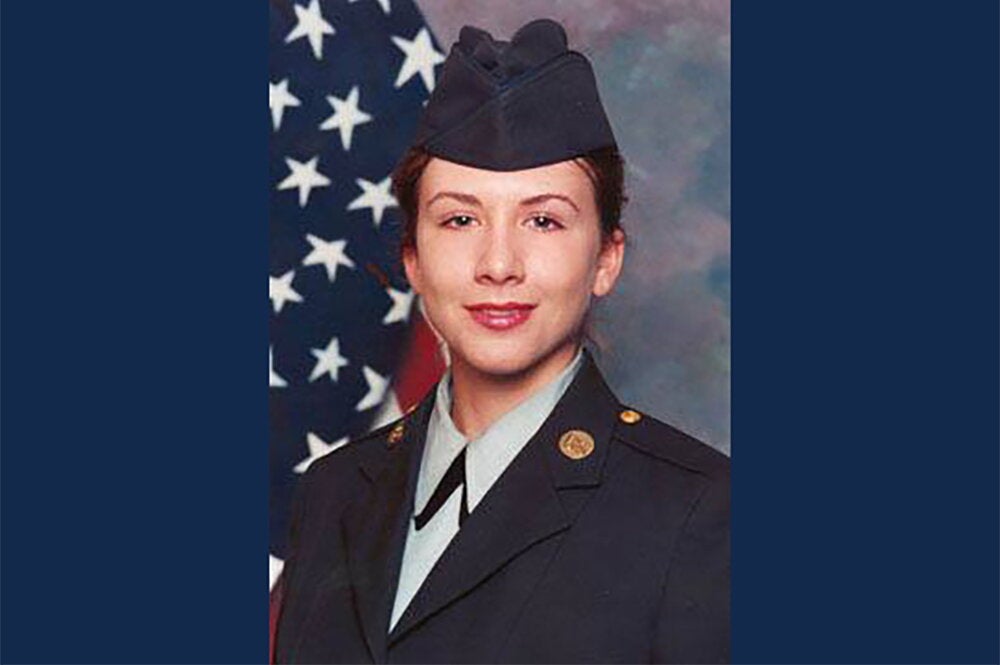

An Illinois psychology professor has created a new psychological scale that could change the way researchers study schizophrenia—by learning more about those who are showing milder symptoms of the mental illness.
Thomas Kwapil and his team created the Multidimensional Schizotypy Scale (MSS) and Multidimensional Schizotypy Scale-Brief (MSS-B), which are questionnaire measures that assess symptoms of schizophrenia in patients and nonpatients. For the past 40 years researchers have been using a variety of scales to assess schizotypy and the risk for schizophrenia, but Kwapil said most scales have become outdated or contain problematic language.
Estimates vary, but the National Institute of Mental Health reports that up to 2 million Americans suffer from the disease.
“We wanted to build on all of these measures that had been great in many ways before but then also try to address all of these limitations,” Kwapil said.
Kwapil’s research—he has published four articles on the scales in leading peer-reviewed journals in 2018—is based on the idea that these milder symptoms and full blown schizophrenia share the same underlying causes. Symptoms vary across a spectrum, he said, and can range from milder symptoms to full blown schizophrenia. For example, a person may see auras around other people or hear voices, but never go on to develop a severe illness.
“There’s this continuum of symptoms and impairment, and schizophrenia is the most severe manifestation of that,” Kwapil said. “This becomes important because by being able to study these milder manifestations of schizophrenia, it’s going to help us better be able to understand the causes of the disorder, and hopefully be able to identify people who are at risk.”
By identifying people at risk, Kwapil said researchers can intervene and develop measures to help prevent further complications.
“One of the things we know is that when someone does begin developing this disorder, it’s a hard road back and a lot of people have lifelong suffering from the illness,” Kwapil said. Full blown schizophrenia affects about 1 percent of the population.
And if researchers are able to follow people with subclinical symptoms, they may be able to find what protective factors prevent them from going on to develop the illness, or what may cause them to present more symptoms.
“Schizophrenia is a brain illness. It involves neurotransmitters in the brain. It involves disruptions in how the brain develops, and we hope that this is a tool that helps us have better power to be able to identify what are these underlying abnormalities in the development, structure, and functioning in the brain that gives rise to these symptoms,” Kwapil said.
Kwapil first started his work on the MSS and MSS-B three years ago, when he was at the University of North Carolina at Greensboro. He came to the University of Illinois a year later and brought his work with him.
Enlisting the help of three graduate students and researchers across the world, Kwapil spent the first year perfecting the list of questions to put on his survey. By assessing results from some 7,000 research participants, they created a list of questions for participants aged 18-59. The questionnaires can be completed in under 10 minutes and provide critical information to healthcare professionals.
“These additional studies serve to provide more information about the quality of our scales and provide us with more confidence that we are accurately measuring schizotypy,” said Kathryn Kemp, a second year psychology graduate student and one of Kwapil’s team members. “We hope that the scales would eventually be used in future studies in order to study other components of schizotypy.”


